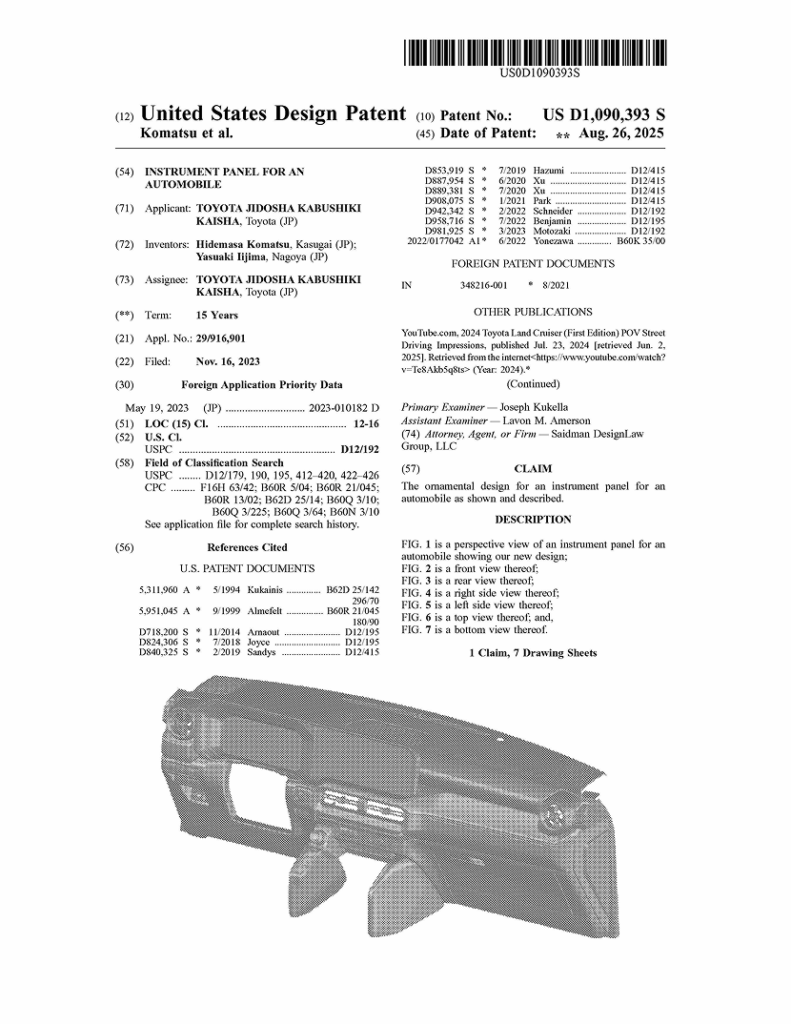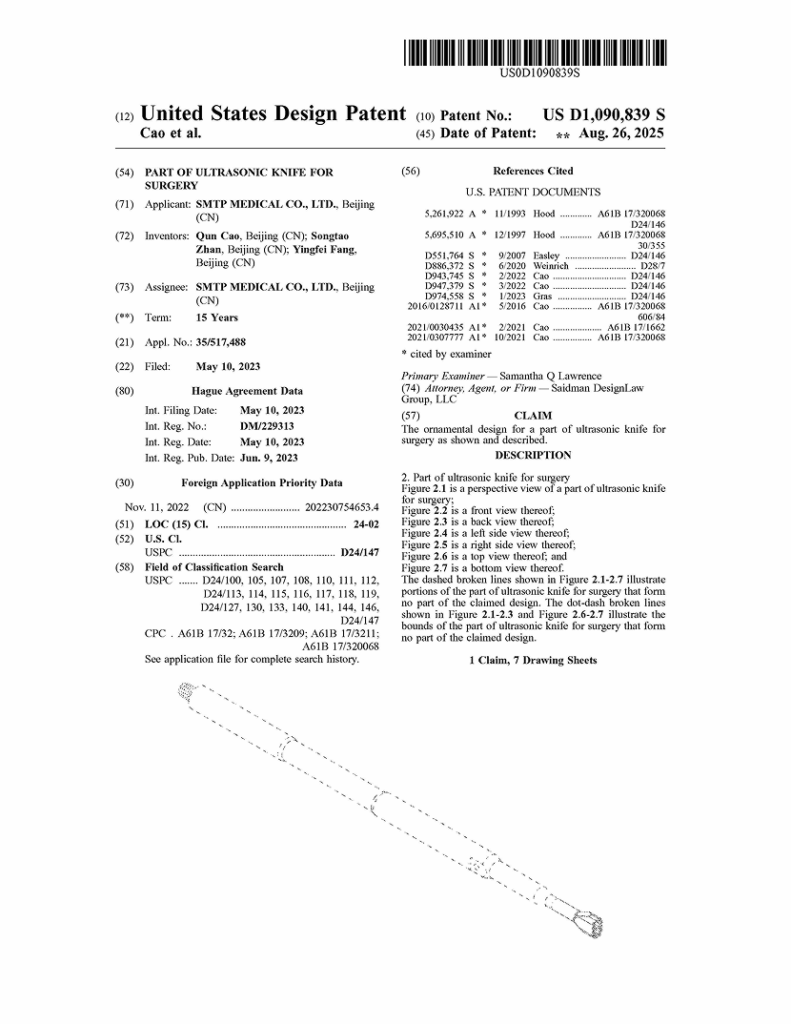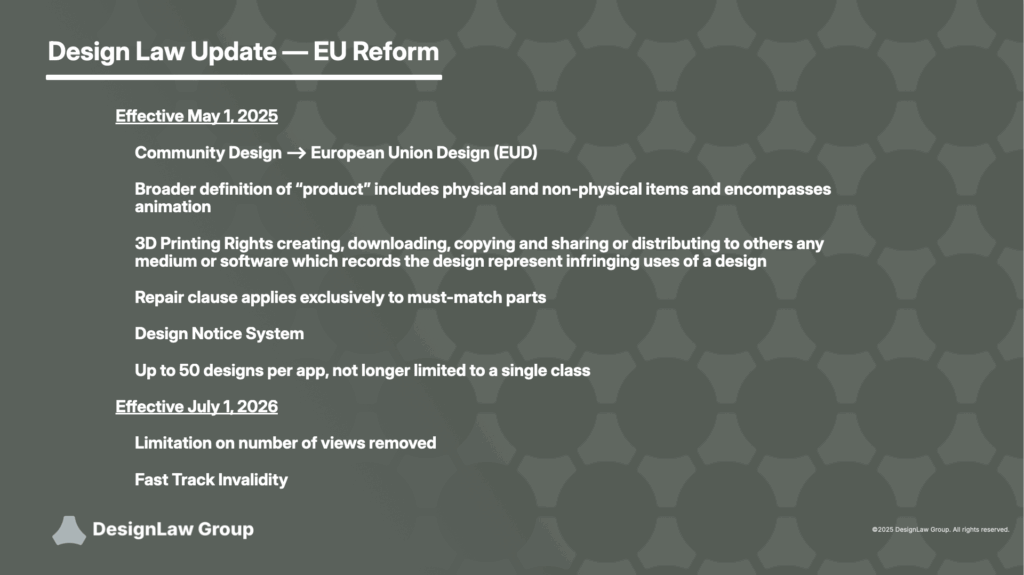Intellectual Property Law Firm
34+ Years
of design protection
We work with designers and engineers to safeguard the shape and appearance of their innovations. We help the foremost design-driven companies obtain robust design protection and enforce their rights, in the US and around the world.
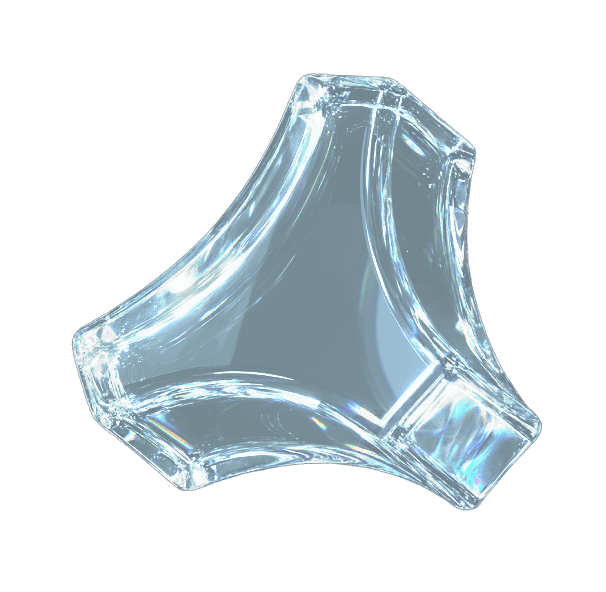
Founded to Focus
For over 34 years, our law firm has focused on legal protection for designs. When it comes to crafting a protection strategy for designs, we are experienced with and creatively consider all IP tools, including utility patents, trademark, trade dress, copyright and contract, and we are particularly experienced in US design patent law and international design registrations and patents.
Founded to focus a legal practice on design protection following the first design patent summary judgement in district court, finding willful infringement, affirmed on appeal, Perry Saidman pioneered modern design patent law, helping applicants across the globe obtain design patents and registrations and writing extensively about design law and policy in articles and court briefs.
Today, our practice continues at the forefront of design law. We prepare and file applications, manage global portfolios, advise on validity and infringement and advocate for strong design protection as the significance of design and design law continue to expand globally.
Practice areas
Design is creative and multidisciplinary and design protection demands deep experience and a thoughtful approach. At DesignLaw Group, our expertise is well established and our practice continues at the forefront of design law.
Design Patent
In a joint 2025 filing, the United States Patent and Trademark Office (USPTO) and the Justice Department described patents as constitutional property rights that have powered America’s leadership in technologies “from Morse’s telegraph to modern semiconductors, biologics, and artificial intelligence” and that “strong patent protection encourages the investment-based risk taking needed to create and bring to market new technologies.”
The USPTO issues patents for designs under 35 U.S.C. 171 to whoever invents any new, original and ornamental design for an article of manufacture.
The subject matter of a design patent application may relate to the configuration or shape of an article, to the surface ornamentation applied to an article, or to the combination of configuration and surface ornamentation.
The subject matter of a design patent application may be claimed as shown in the drawings only, or as shown and described.
Internationally, countries and organizations offer design protection through registrations or patents.
We work with applicants to protect all types of designs across the globe.
Trademark
Trademarks vitally designate the source of products and brands and permeate global commerce and culture.
The United States Patent and Trademark Office (USPTO) and foreign trademark offices register word marks, stylized marks, logo marks, design marks, color marks, trade dress, product configurations and packaging and other source designating marks.
We work with applicants to protect all types of trademarks across the globe.
Copyright
The United States Copyright Office registers works of visual arts including a wide variety of pictorial, graphical, sculptural and architectural works. When evaluating registration of a useful article, the Copyright Office looks for original expression which is separable form the purpose-driven shape of the article.
Enforcement
We help applicants secure design rights globally through patents, registrations and contracts and enforce their rights against infringement by negotiation and coordinating takedown and litigation.
What can a design patent protect?
Design patents are incredibly versatile, protecting configuration and ornamentation for all types of articles of manufacture, as the design patents we help obtain for our clients exemplify. We are honored to work with design-driven and design-forward clients who take securing their design protection seriously. We work with designers, engineers, attorneys and businesspeople at companies across a wide range of products, services, industries and technologies, including automotive, earthmoving and industrial equipment, consumer and home electronics, computer and accessory hardware and software design, fashion, footwear and more.
DesignLaw Group
Our dedicated team of design law attorneys and support professionals have great enthusiasm for design and exceptional experience and ability to tackle your toughest design law challenges.
George Raynal
Principal
Meera Kamath
Partner
Perry Saidman
Of counsel
Charles An
Associate
Lindsey Jaeger
Associate
Justyn Trott
Associate


UNITED STATES
Design Patent Intel
Our practice is experience and information driven. Through our Design Patent Intelligence approach, we research, monitor and communicate about design patent proceedings and developments of all types to inform our practice and network.
Elucidating Designs — CAFC sheds light on (1) design patent expert qualification and perspective on ordinary observer and (2) transparency in design patent claim construction.
INTERNATIONAL
Design Law Intelligence
Our practice is international and design law continues to evolve globally. Our practice is experience and information driven. Through our Design Law Intelligence approach, we research, monitor and communicate about design law developments globally to inform our practice and network.


DesignLaw Network
In addition to our capable team of legal and business professionals, we work with a growing global network of IP offices and officials, US and international attorneys and law firms, legal service and software providers, searchers, experts, investigators, consultants and IP organizations, to coordinate and implement comprehensive design protection, enforcement and advocacy for our clients.
Search
Searching for Designs can reveal what types of designs can be protected and how, and who is protecting them, and supports patentability and infringement analysis. We work with vendors and AI and IP Office tools to investigate designs of all types.

USPTO
As registered patent attorneys, we work directly with the United States Patent and Trademark Office (USPTO) to help clients obtain hundreds of issued design patents each year, along with trademark filings, and copyright applications with the Copyright Office.

Foreign Counsel
We work with local counsel in jurisdictions across the globe to facility design filing on behalf of clients, sending and receiving instructions to file in the US and abroad.

Organizations
We work with IP Organizations in the US and internationally to explore and advance design protection globally.


Design Law Treaty
Intended to facilitate international design protection, adopted on November 22, 2024, and awaiting entry into force until 15 signatories deposit their instrument of ratification, the Design Law Treaty, is approaching — the open period for signatures ends November 22, 2025, after which a country will need to accede.

DesignLaw Knowledge
Term of Protection
US Design Patent — 15 year term measured from issue date; no maintenance fee
EU Design Registration — 5 year term measured from filing date, renewable 5 times, at increasing fees, up to 25 years
Japanese Design Registration — 25 year term measured from filing date (increased in 2020 from 20 years)
Korean Design Registration — 20 year term measured from filing date
Chinese Design Patent — 15 year term measured from filing date

Inventorship
All inventors, even those who contribute to only one claim or one aspect of one claim of a patent, must be listed on that patent.” Vapor Point LLC v. Moorhead, 832 F.3d 1343, 1348–49 (Fed. Cir. 2016).
An inventor under the patent laws is the “person or persons who conceived the patented invention.” C.R. Bard, Inc. v. M3 Sys., 157 F.3d 1340, 1352 (Fed. Cir. 1998)
An inventor may “use the services, ideas, and aid of others in the process of perfecting his invention without losing his right to a patent.” Ethics, Inc. v. United States Surgical Corp., 135 F.3d 1456 (Fed. Cir. 1998).
One may not qualify as a join inventor by “merely assisting the actual inventor after conception of the claimed invention.” Id.
Each contributor need not make the same type, or amount, of contribution to the invention. Id.
Under 35 U.S.C. § 256, a district court may order correction of inventorship when it determines that an inventor has been erroneously omitted from a patent.
An alleged joint inventor must show that he contributed significantly to the conception—the definite and permanent idea of the invention—or reduction to practice of at least one claim, and that these contributions arose from “some element of joint behavior, such as collaboration or working under common direction” with the other inventor(s). Dana-Farber Cancer Inst., Inc. v. Ono Pharm. Co., 964 F.3d 1365, 1371 (Fed. Cir. 2020).

Reissue
A reissue application can be filed when there is an error in the patent which makes it inoperable. There are three categories of errors that an applicant can show on a reissue application. These errors include defective specification, claiming more or less than they had a right to, and other errors (typically inventorship or priority issues).
A design reissue application can be filed based on the “error” of failing to include a design for a patentably distinct segregable part of the design claimed in the original patent or a patentably distinct subcombination of the claimed design.
A reissue design application claiming both the entire article and the patentably distinct subcombination or segregable part would be proper under 35 U.S.C. 251, if such a reissue application is filed within two years of the issuance of the design patent, because it is considered a broadening of the scope of the patent claim.

Foreign Filing License
Generally, if a design was created in the U.S., it requires a foreign filing license before it can be filed in a foreign IP office.
A license from the Commissioner for Patents under 35 U.S.C. 184 is required before filing any application for patent including any modifications, amendments, or supplements thereto or divisions thereof or for the registration of a utility model, industrial design, or model, in a foreign country or in a foreign or international intellectual property authority if the invention was made in the United States, and an application on the invention has been filed in the United States less than six months prior to the date on which the application is to be filed; or no application on the invention has been filed in the United States.
A foreign filing license is generally granted on the filing receipt of a U.S. design patent application. A request for a foreign filing license can be requested by fax.

Color
Since May 13, 2015, when the U.S. began participating in the WIPO Hague International Design System, the requirements of a fee and petition under 37 CFR 1.184(a)(2)(i) stating that color drawings are the only practical medium for illustrating the claimed design were eliminated. Nevertheless, the specification must still include a statement that:
“The file of this patent contains at least one drawing/photograph executed in color. Copies of this patent with color drawing(s)/photograph(s) will be provided by the Office upon request and payment of the necessary fee.”
Because color drawings may now be filed in a design application without the need for a petition, applicants may prefer to represent color using color drawings instead of using graphic symbols, but 37 CFR 1.84(n) indicates that graphic drawing symbols and other labeled representations may be used for conventional elements where appropriate, subject to approval by the Office.
The following symbols should be used to indicate various materials where the material is an important feature of the invention:
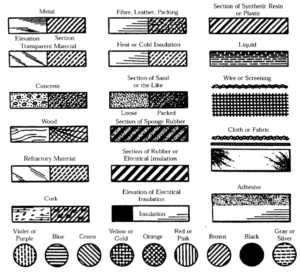
Solid black surface shading is not permitted except when used to represent the color black as well as color contrast.

Reexamination
Reexamination allows a party to request that the Patent Office reexamine an already-granted patent on the basis of patents and printed publications that raise a substantial new question of patentability. We maintain a dataset currently of design patent reexamination proceedings filed since 2012 and of 184 outcomes, patentability is confirmed 46% of the time, compared to patentability confirmed 28% of the time for instituted IPR and PGR proceedings.

Name and Likeness
A person’s name, image and likeness (NIL) are attributes that identify a specific person, including their name, image, voice, signature and other personal identifiers. NIL rights are generally protected under state law, and student-athletes and professional athletes and entertainers can protect and commercialize their NIL.
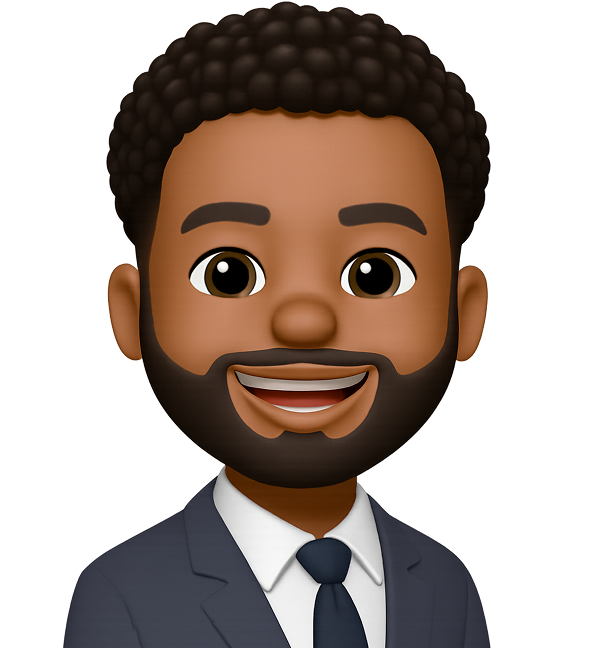
International Applications
The World Intellectual Property Organization administers the Hague System for International Registration of Designs which provides for filing a single International Application with the International Bureau, designating protection in member states.

Infringement
The “ordinary observer” test for design patent infringement essentially asks whether the patented and accused designs are “substantially the same” in overall appearance. Although courts are very skilled in listing differences between the two designs, the final infringement determination is very subjective, being based on the personal observations and feelings of the fact-finder.
In the 2008 en banc decision of Egyptian Goddess v. Swisa, the Federal Circuit abolished the “point of novelty” test that, despite its flaws, had brought some objectivity to the infringement determination. In its place, the Court in Egyptian repeatedly emphasized the need to view the patented and accused designs in the context of the prior art in order to provide a frame of reference for determining substantial similarity.
However, in one sentence of Egyptian, the Court said that the prior art did not need to be reviewed if the patented and accused designs were “sufficiently distinct”. But there were no guidelines, in Egyptian or later cases, about how to determine whether two designs are “sufficiently distinct”. Since then, an outsized number of cases have relied on this clearly subjective determination.

WIPO DAS
The WIPO Digital Access Service (DAS) for electronic priority document exchange facilitates an applicant requirement to provide certified copy of priority documents to meet Paris Convention priority requirements.
For US design patents, late provision of an access code or retrieval failure presents system challenges and filing by mail may become necessary, presenting its own challenges as IP Offices go digital only; the DAS access code should be provided in an Application Data Sheet (ADS) and confirmed on filing receipt.
For accessing priority to a US document the WIPO DAS code is the same 4-digit US application “confirmation code” provided that the Applicant has opted in to electronic access.
WIPO provides a list of participating members and a system to obtain a certificate of availability to confirm that Offices should be able to retrieve the priority document.

Obviousness
On May 21, 2024, the U.S. Court of Appeals for the Federal Circuit (CAFC) decided LKQ v. GM, abolishing the long-standing Rosen-Durling test for design patent obviousness, which required a primary reference, something in existence which must appear basically the same as the claimed design, and combining with secondary references that are “so related” (in visual appearance and type).
Now, in order to rejected a claimed design as obvious, there must be a primary reference which is something analogous, in existence that is “visually similar” and secondary reference also must be analogous and although it need to come from the references themselves, there must be a record-supporting reason why a person of ordinary skill would have a motion to combine.
USPTO Updated Guidance and Examination Instructions for Making a Determination of Obviousness in Designs in light of LKQ v. GM.
USPTO Design Patent Examiner Materials and Resources – Impacts on Obviousness Analysis under 35 U.S.C. 103 for Designs in Light of LKQ Corp. V. GM Global Technology Operations LLC

Artificial Intelligence
AI Search
In 2025, the USPTO launched DesignVision, the first artificial intelligence (AI)-based image search tool available to design patent examiners providing centralized access and federated searching of design patents, registrations, trademarks, and industrial designs from over 80 global registers, and returns search results based on, and sortable by, image similarity.
Inventorship
In Thayler v. Vidal, the CAFC agreed with the USPTO interpreting the Patent Act definition of “inventor” at 35 U.S.C. 100(f) to require a natural person.
On November 28, 2025, the USTPO issued Revised Inventorship Guidance for AI-Assisted Inventions, which rescinds earlier guidance, applies to design patents, and refocuses the inventorship inquiry around conception as the touchstone of invention – whether the natural person possessed knowledge of all the limitations of the claimed invention such that it is so “clearly defined in the inventor’s mind that only ordinary skill would be necessary to reduce the invention to practice, without extensive research or experimentation.”
When one natural person is involved in creating an invention with the assistance of AI, the inquiry is whether that person conceived the invention under the traditional conception standard.
Under now-revoked USPTO Guidance from 2024, AI-assisted designs were considered patentable where human inventors contribute in some significant manner to the conception (definite and permanent idea of the complete and operative invention as it is thereafter applied in practice) or reduction to practice of the invention and make a contribution to the claimed invention that is not insignificant in quality when measured against the dimension of the full invention; a person who takes the output of an AI system and makes a significant contribution to the output to create an invention could be a proper inventor.
Prior Art
Whereas AI-generated designs might not be patentable, for lack of inventors, it nevertheless could be prior art if publicly accessible.

Virtual Designs
Design Patents can claim the appearance of computer-generated image designs that are displayed as integral to the operation of a programmed computer. Design Patents do not protect designs per se or in the abstract, but cover designs directed to an article of manufacture. Logically, the article of manufacture responsible for creating computer-generated image designs is the computer, but since computer designs have typically been displayed on screens, the USPTO prefers that the title and claim language identify a screen, panel or monitor, and that the claimed image be surrounded by a broken line which illustrates a display screen, which may form no part of the claimed design. However, many issued design patents identify different articles of manufacture than a display screen, such as a computer, wearable devices, headsets and glasses, induction ranges, , washing machines, vehicles and construction equipment, among more.
The USPTO issued a Request for Public Comments on the Article of Manufacture Requirement for computer-generated designs, on Dec. 21, 202, a Summary of Public Views on January 19, 2021, Supplemental for Examination of Computer-Generated Electronic Images Including Computer-Generated Icons and Graphical User Interfaces, on November 17, 2023 (updated on January 29, 2024 with corrected examples and setting a comment period).

Germinating Spring 2026 – our coverage of IP for plants, cannabis and emerging therapies
Let’s connect
Contact us to let us know how we can help protect your design IP.
Please do not disclose confidential information.
contact@designlawgroup.com
Phone number
(301) 585-8601





